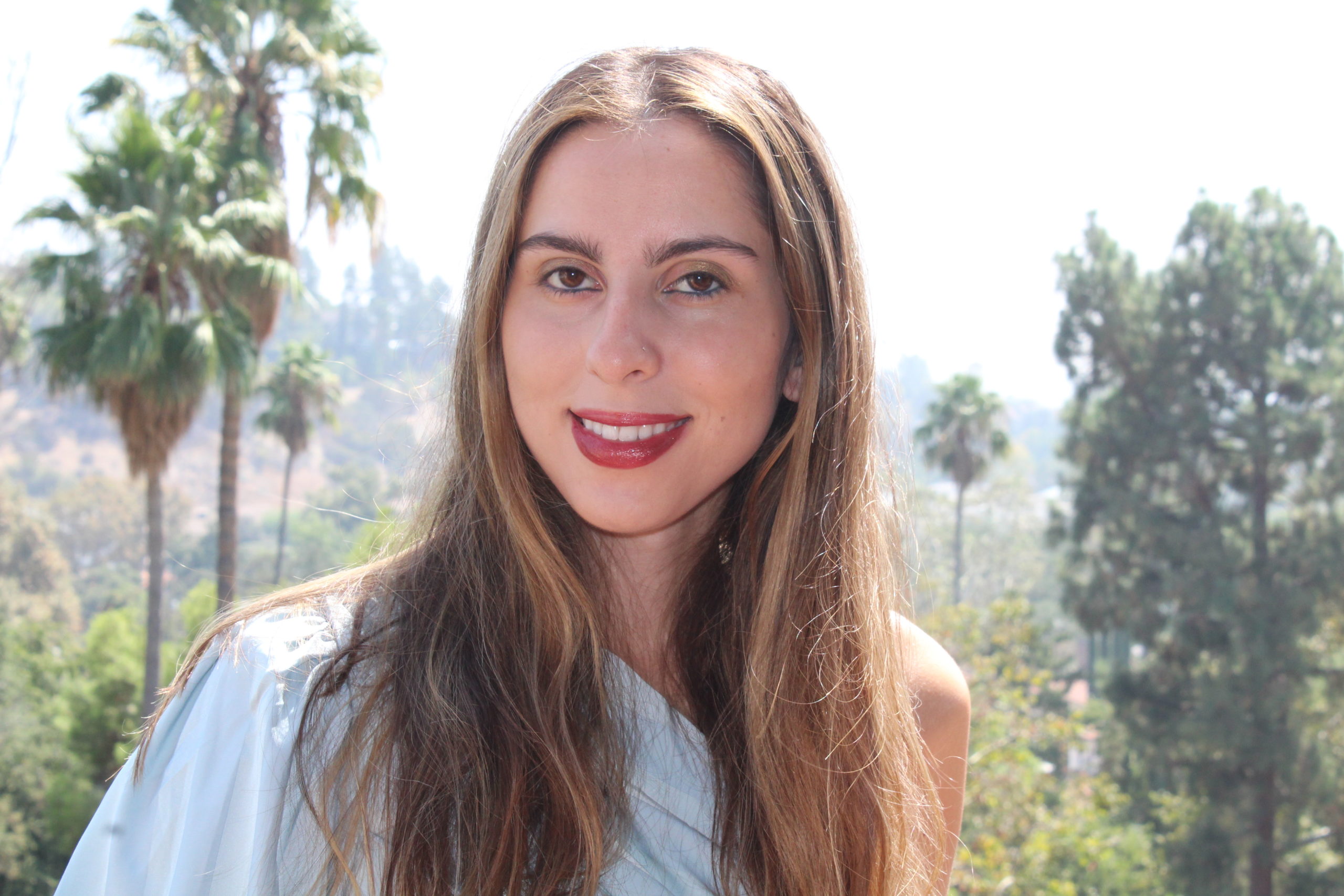Email a copy of 'Photographing Historical Armenia: Facing a Past of Pain, Creating a Future of Peace' to a friend

Lori Sinanian
Lori Sinanian graduated from the University of California, Irvine with a B.A. in English Literature. She has received awards for her writing, such as the UCI Black Lives Matter Writing Contest and “Be Heard” Calouste Gulbenkian Prize. As a community advocate, journalist and literature scholar, she has come to appreciate the versatility of language in its many genres and modes. Lori has been featured in publications including Wall Street Journal, The Armenian Weekly, and Insight Magazine for her journalism and creative work.

Latest posts by Lori Sinanian (see all)
- Things Left Unsaid - August 28, 2019
- Keepers of the Flame - June 6, 2019
- Monsoon in my Blood - October 4, 2018

Where can one purchase this book?
I am a Turkish,you guys always insulted Turk all around world now you are talking about peace,there be no peace between Turk and Armenia why .. you don’t want peace..this will be always like that.This better way ,If Turk and Armenia not talking each other that is best thing to do for peace.We all knew that this.
The Armenian Genocide is morally troublesome, for entire Armenian Nation of the world, where their survivors scattered all over the world, and yet no recognition by Turkish Government. Armenians do not hate ordinary brainwashed Turkish nationals!
Wonderful work Norair – Now how can we get hold of your Photography work in Sydney? Would love to get my hands on it. Another proud Armenian artist. Good luck.
Hi Seta K. Wehbé, the book is avaiable at ABRIL bookstore and on Amazon website! thank you!
Absolutely gorgeous and meaningful photographs. Thank you!
Hi Herosoohi Vesmadian, the book is on amazon, but you can connect with norchahinian@yahoo.com for more details and ships.
This is an admittedly belated comment, but it is from someone who has traveled extensively in the same places as the photographer has. Many of the photographs in this book are heavily manipulated, I do not mean digitally, but compositionally and emotionally. They are akin to hotels photographed to make their rooms appear bigger than they are, or tourism publicity photos carefully composed to remove modern buildings that in reality crowd around an old one, or supposedly empty beaches photographed at the only time of the day they are empty. Anyone hoping to travel to Turkey to experience a reality that is like that depicted in this book’s images is going to be disappointed – it does not exist. This book is devastation nostalgia, a creation by very careful cropping and selection of what diaspora Armenians like to think still exists in some scale in Turkey; in reality the unfortunate truth is that the devastation has been and gone.